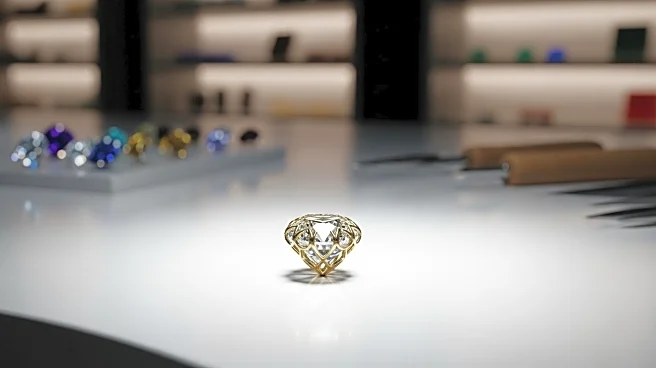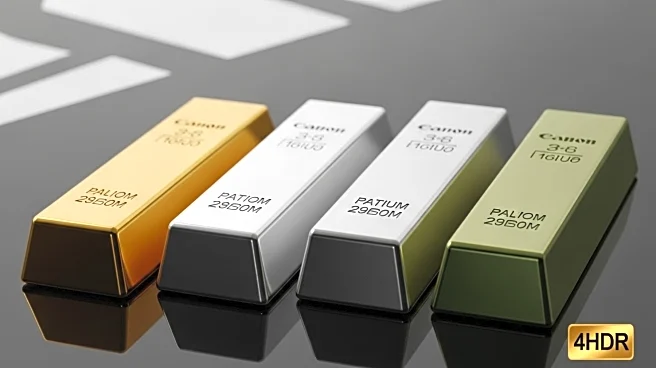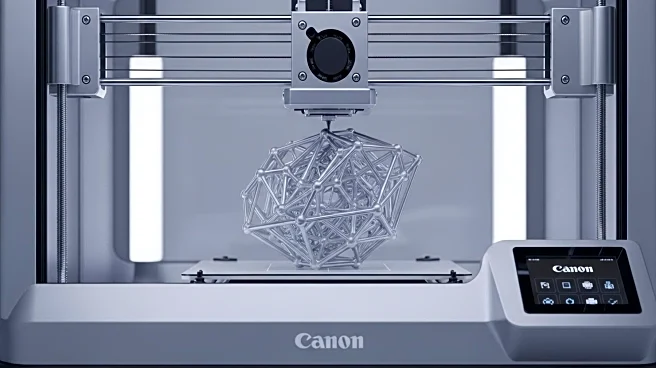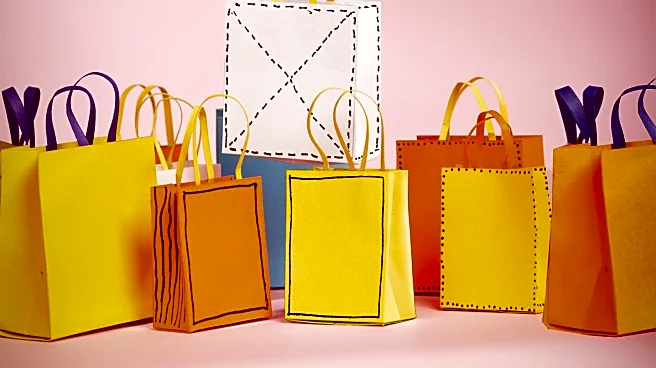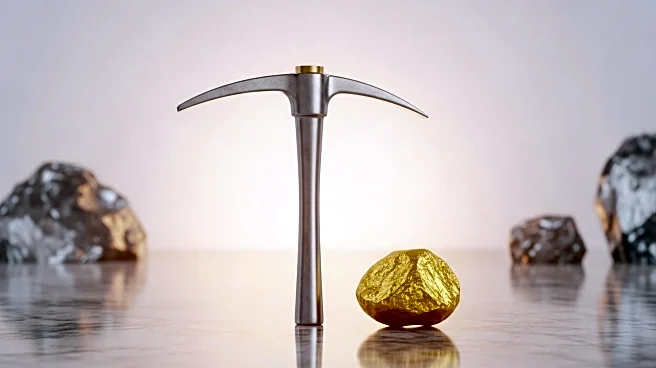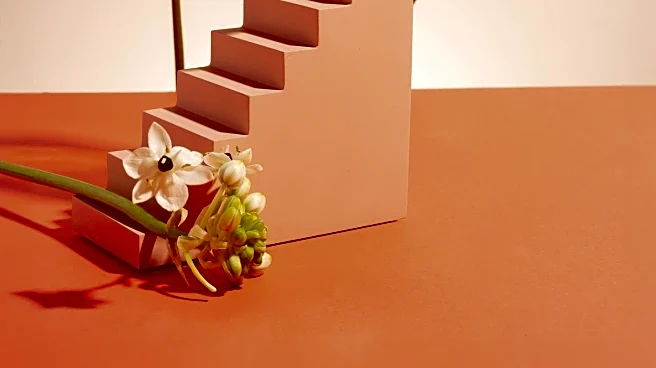The creation of jewelry is a meticulous process that combines artistry with technical skill. Goldsmiths and silversmiths are the primary artisans in this field, employing a variety of techniques to transform raw materials
into beautiful, wearable art. The process of jewelry making has evolved over centuries, incorporating both traditional methods and modern innovations.
Founding or Discovery
Jewelry making has ancient
roots, with evidence of early adornments found in archaeological sites around the world. The craft has evolved significantly, with each culture contributing unique techniques and styles. The discovery of precious metals and gemstones played a crucial role in the development of jewelry as both an art form and a symbol of wealth and status.
Key Contributors
Goldsmiths and silversmiths are the key contributors to the field of
jewelry making. These artisans are skilled in various techniques, including casting, engraving, and soldering. Traditionally, these skills were passed down through apprenticeships, but today, many artisans receive formal training at jewelry arts schools.
Design or Method
The design process in jewelry making involves both creativity and precision. Artisans must consider the properties of the materials they work with, as well as the
desired aesthetic outcome. Techniques such as lost-wax casting, enameling, and stone setting are commonly used to achieve intricate designs. Modern technology, such as computer-aided design (CAD), has also become an integral part of the jewelry creation process.
Early Reception
Jewelry has long been valued for its beauty and craftsmanship. In ancient times, it was often associated with wealth and power, worn by royalty and the elite. Over time, jewelry has
become more accessible, with a wide range of styles available to suit different tastes and budgets. The appreciation for handcrafted jewelry remains strong, with many consumers seeking unique, artisanal pieces.
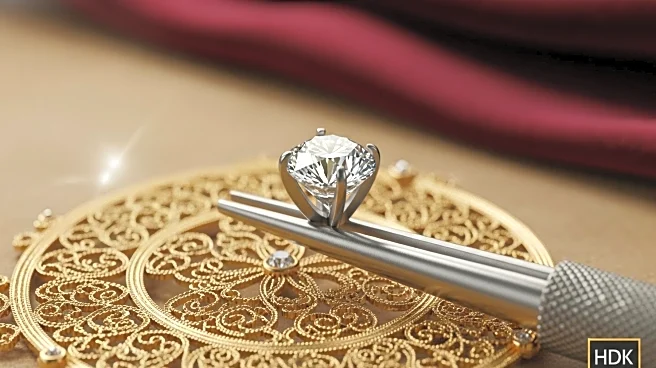
 Discover Daily
Discover Daily 